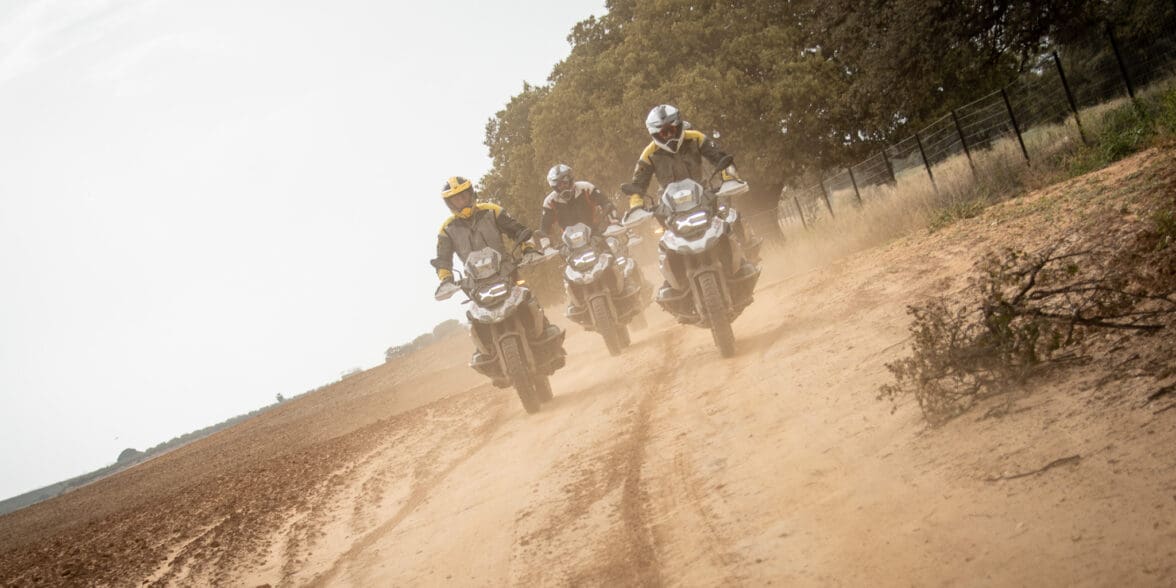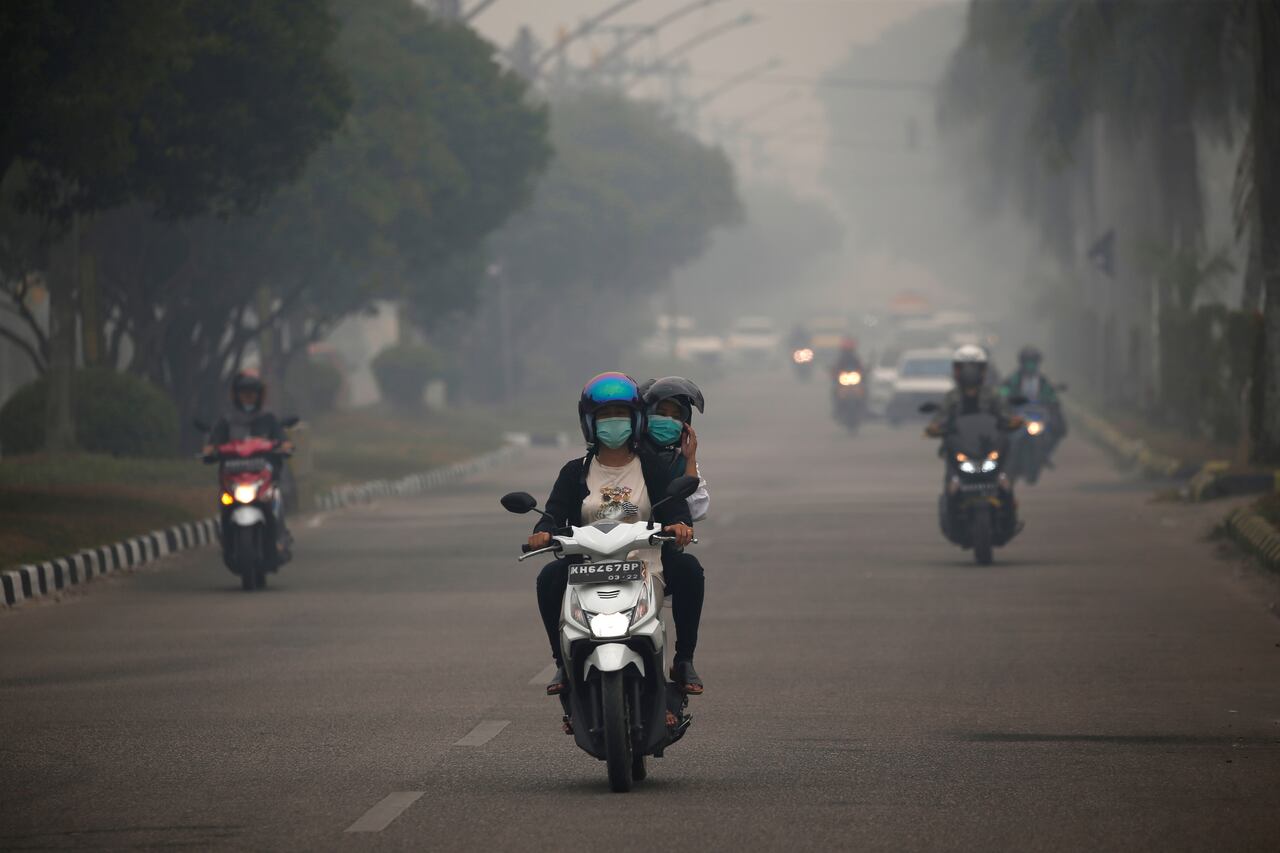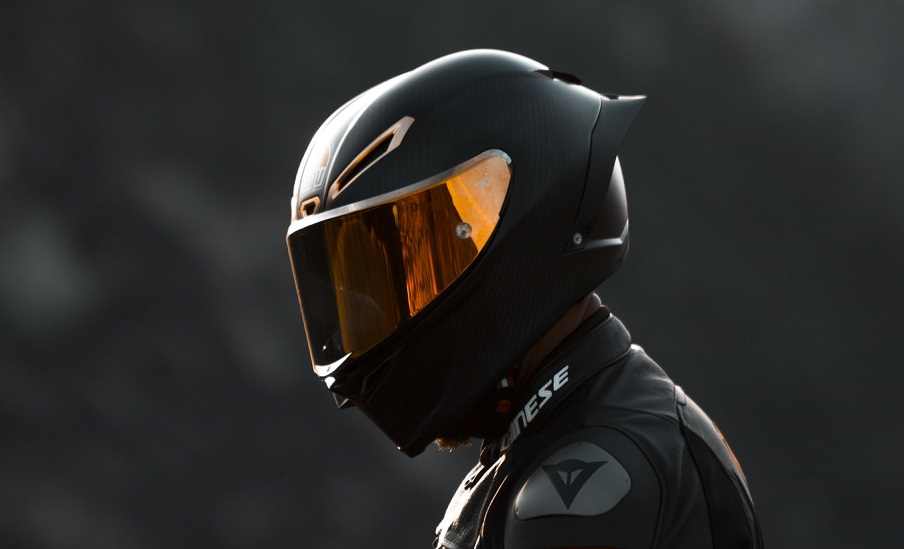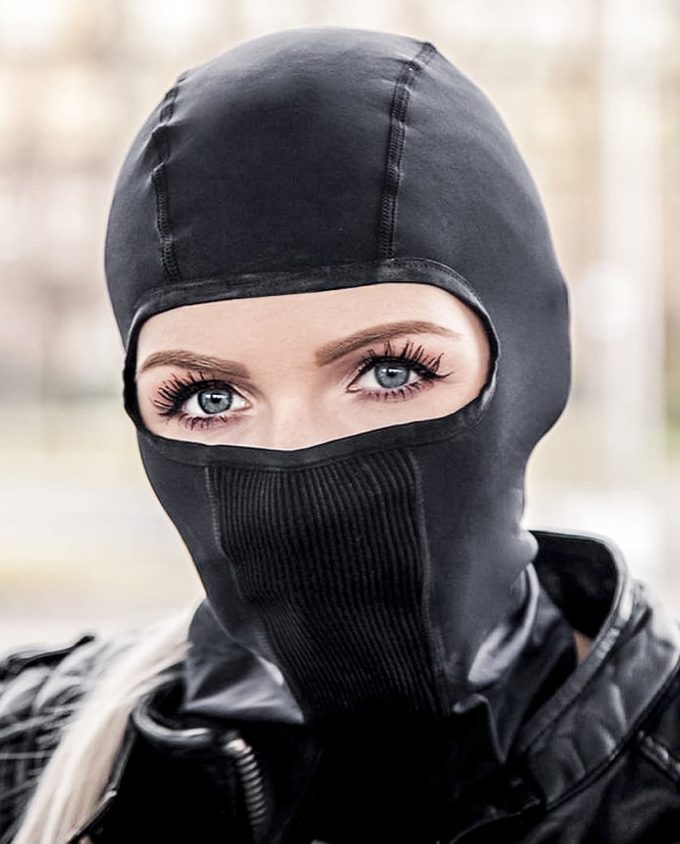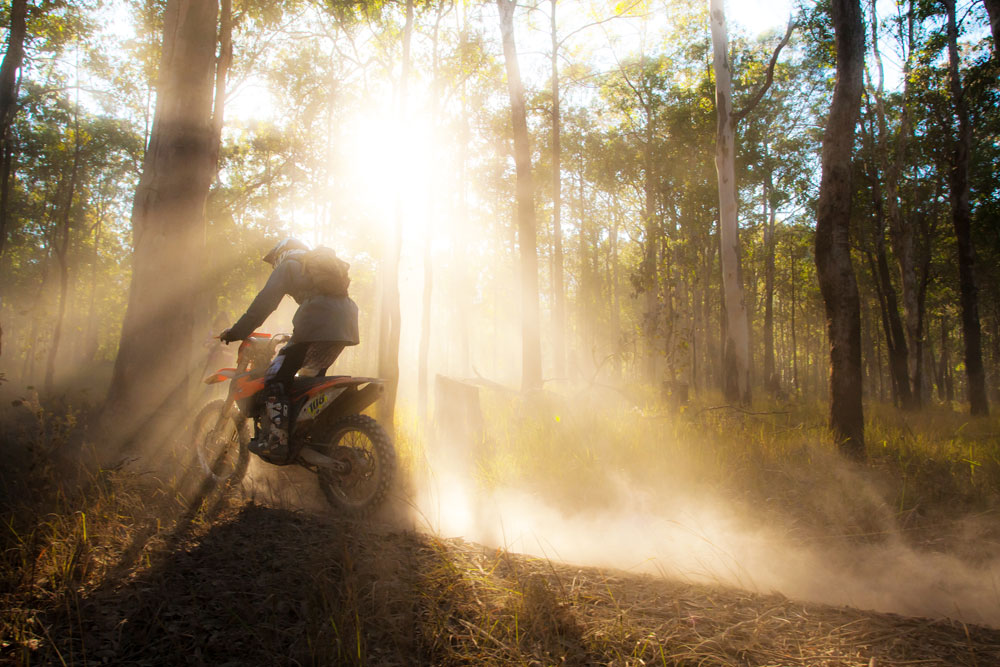You can’t avoid being exposed to the elements when you’re on a motorcycle — it’s part of the package, and the only thing you can do is try and reduce the effect it has on you. While there’s a vast expanse of riding gear to protect you from the weather, there’s only so much you can do to counteract dust. You don’t have to be an MX rider or off-road junkie to come in contact with dust on a motorcycle. It could be from a construction site you pass by, or a dust cloud caused by a vehicle in front of you — your everyday commute on city streets has enough for you to worry about.
Why You Should Protect Yourself from Dust While Riding
Besides affecting how comfortable you feel, excess dust can also have detrimental effects on your health. A research paper by Raihan Khan and Mark A. Strand, published in 2018, compiled the impact that road dust has on human health. It mentions that road dust contains lead, platinum, rhodium, bohrium, aluminum, and polycyclic aromatic hydrocarbons, all of which can cause issues with the respiratory system. Their paper mentions that the long-term consequences of road dust exposure can be as severe as respiratory cancer. People are susceptible to various other complications in regions with a lot of lead in the dust.
How Can You Deal with Dust
At the end of the day, you cannot completely avoid being exposed to dust when you’re on a motorcycle. That said, there are steps you can take to significantly reduce how much you inhale. Unless you have a pre-existing respiratory condition, breathing in road dust may not bring about immediate signs of discomfort. Still, the research shows that there are long-term effects you should take seriously. Here are some of the things you can do to reduce how much dust your body has to deal with when on a motorcycle:
Wear a Full Face Helmet
One of the more essential things you can do to reduce how much dust reaches your face is to wear a full-face helmet. If you ride primarily in the dirt or off-road, we hope you wear a full-face helmet anyway for the added safety they provide. However, if you ride mainly on tarmac or commute on your motorcycle with a half-face helmet, you should consider switching to a full-face unit. A full-face helmet with the visor down does an excellent job as a physical barrier against dust and other pollutants thrown up by vehicles in front of you.
In fact, a 2016 study by Dirk Goossens and Brenda Buck found that the concentration of airborne dust at the mouth was about 50 percent lower than ambient concentration when wearing a full-face helmet.
Wear a Dust-Filtering Mask
It’s worth noting that a full-face helmet is a significant first step to counteracting dust exposure, but it isn’t a comprehensive solution by any means. If your full-face helmet doesn’t have a chin guard, it allows the formation of a channel of air that flows into the helmet. Plus, you will crack your visor open at some point, exposing your face. That’s where a dust-filtering mask or balaclava comes in. These masks have been specifically designed to filter out microscopic dust particles so the air you breathe is as clean as possible. There are several dust masks out there, so you must get one that’s been designed and manufactured well.
Naroo motorcycle balaclavas are a mix between a comfort-focused balaclava and a particulate-filtering mask. On the filtration side, they claim to be effective for particles as small as 1.7μm — 40 times smaller than a strand of human hair. For perspective, most masks filter particulates down to 2.5 μm. Equally as important for a rider, Naroo masks allow for ample airflow through the mask and are machine washable.
Of all its products, the Naroo F3H and F3F are particularly impressive. Both are made from similar fabrics and offer identical features but vary in shape. Some stand-out elements of the F3H and F3F include moisture wicking, washable and reusable fabric, UV protection, and high breathability.
Reduce Your Exposure to Dust
While this might seem like an obvious step and one that doesn’t require mentioning, some specifics might help. Reducing your exposure to dirt doesn’t mean you stop riding off-road or on gravel. However, if you find yourself on one, try and create distance between the rider or vehicle in front of you so you aren’t riding through a cloud of dust they’ve just thrown up.
Similarly, if you plan to head out and explore some trails, it helps if you do this early in the morning. The morning dew and moisture in the air hold dust particles to the ground, and the amount of dust you’ll have to deal with will be much less.
To conclude, the only way to completely eliminate dust while riding would be to stop altogether, which is a rather extreme step. The second best thing you can do is wear a full-face helmet and a dust-filtering mask.


